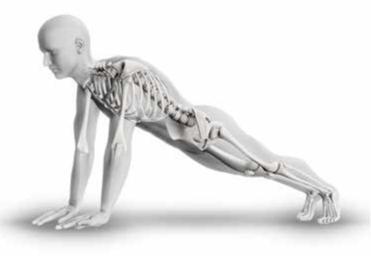Maintain your Bone Health

As the name suggests Osteoporosis is a condition where the bones become porous. Our body constantly is in a sort of a dynamic mode where old bones are broken down and new ones are formed. As we grow older, the balance may get disturbed and the processes may slow down. In simple terms it is a condition where bone density decreases and causes bones to become brittle. In such a situation, there is higher risk of fractures from even small falls or injuries. The resulting fractures are generally seen in wrist, spine and hip bones, especially in the elderly. This can result in loss of mobility and in turn dependency and poor quality of life
Any individual can be affected with osteoporosis but it is seen more commonly in females. The protective hormones become unavailable after menopause. This hampers calcium absorption and affects the bones.
The risk factors include family history, certain medical conditions, dietary factors, lifestyle habits and hormone levels. What can be easily and consciously achieved is a good lifestyle which can reduce the risk. After the menopause, women should go for Bone Mineral Density test (BMD) which indicates how much calcium and other minerals are in the bone. It is generally done using DEXA scan or CT Scan and indicates the risk of bone fractures and osteoporosis (if the BMD level is below average). Establishing an exercise regime, consuming foods rich in calcium, stopping smoking, alcohol and maintaining an active lifestyle can help.
Although the likelihood of any individual getting osteoporosis depends on the bone mass attained in youth along with hereditary and other factors, a good and active lifestyle can help reduce the risk of osteoporosis.



